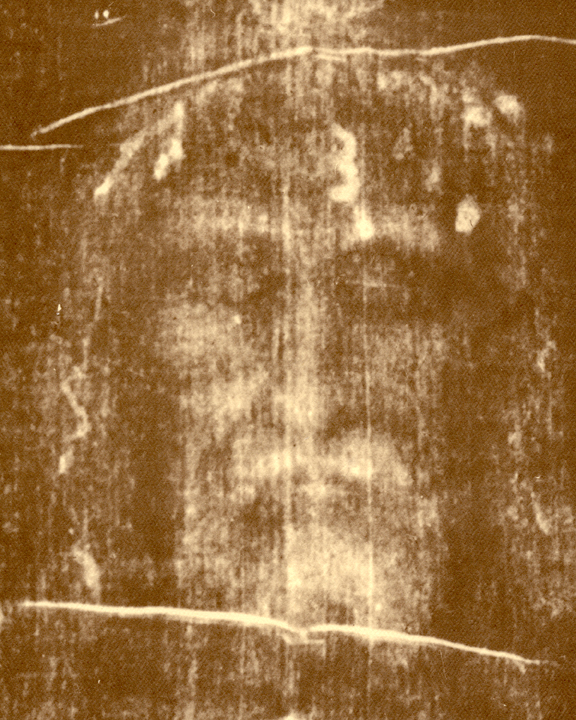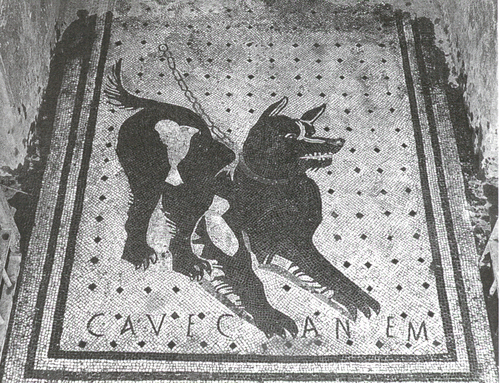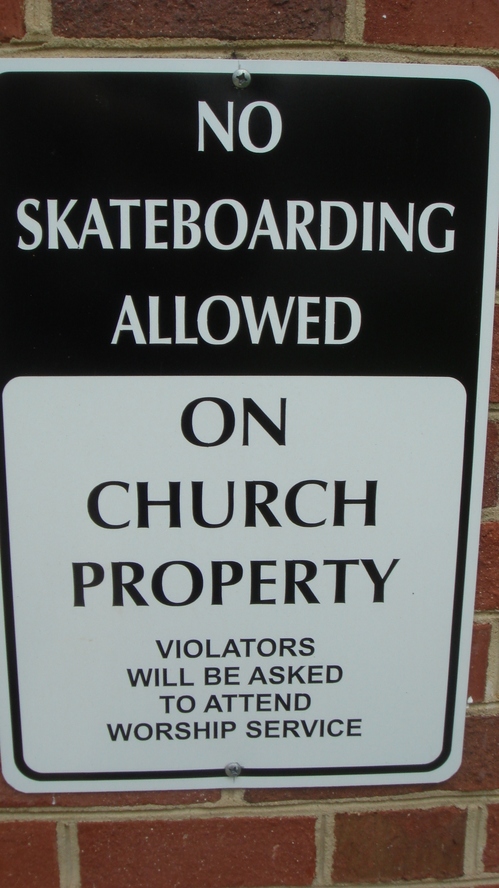Do you recognize this man? This of course is the image on the famous Shroud of Turin, perhaps at this juncture the most famous Christian relic of all. But is it Jesus? Medical experts have examined the Shroud in detail and shown how the wounds, the trajectory of blood flow and the like are anatomically correct and reflect a person badly abused and crucified. There are many particulars about this Shroud which make unlikely the claim that it is a mere clever forgery.
Of course it is true that this Shroud went through a fire in the Middle Ages, and so not surprisingly, when a small portion of the edge of the scorched cloth was Carbon 14 testing, it dated from the Middle Ages. It may never be possible to get an accurate Carbon dating on the Shroud, unless a non-scorched part of the Shroud could be tested, but that would probably involve some of the image not the border, and that would never be allowed.
What is most interesting about the image of the Shroud is that it is a photographic negative, and in itself appears to be the result of a scorch on the cloth from some high intensity light and heat. That it was a negative was only discovered at the beginning of the age of photography by an Italian camera man allowed to shoot old style pictures the Shroud. Imagine his surprise when he saw the negatives in the dark room, and they were positives. We can say with some confidence now that the image on the Shroud is not painted nor stained on the Shroud (the depth of the image is so shallow that these suggestions do not work). In other words, the suggestion of mere human artifice does not seem to work in this case.
The Shroud of Turin is not like so many of these Christian relics which can be shown to be phony with very little scholarly effort at all. But the image on the Shroud is a mystery. How did it get on the cloth, and where did the Shroud originally come from, and for that matter what is its relationship to the bloody facial cloth housed in a church in Spain, that seems to have the very same image on it, when the two images are electronically super-imposed, only the facial cloth has much more blood on it. And about that blood. What do we really know about the person in question in terms of DNA and blood type? There are so many unanswered questions, not the least of which is— does it really matter to Christian faith?
On the one hand, as the NT makes clear, the NT writers were not interested in, nor do they ever describe what Jesus looked like. Not once, not anywhere. This of course is hard for us to imagine in an age where ‘image is everything’. But what counted in Jesus’ world was the content of one’s character not the color or form of one’s skin or facial features. The Gospels help us know the real Jesus, but they do not satisfy our curiosity about what he looked like.
And yet for almost two thousand years we have had visual representations of Jesus. Frederick Buechner wrote a fabulous and beautiful book about this called The Faces of Jesus. In it he says the following:
“Whoever he was or was not, whoever he thought he was, whoever he has
become in the memories of men since and will go on becoming for as long
as men remember him — exalted, sentimentalized, debunked, made and
remade to the measure of each generation’s desire, dread, indifference — he was a man once, whatever else he may have been, and had a man’s face, a human face….Take it or leave it, if nothing else it is at least a face we
would know anywhere — a face that belongs to us somehow, our age, our
culture; a face we somehow belong to. Like the faces of people we love,
it has become so familiar that unless we take pains we hardly see it at
all. Take pains. See it for what it is and, to see it whole, see it too
for what it is just possible that it will become: the face of Jesus is the face of
our own secret and innermost destiny. The face of Jesus as our face.”There is surely no person who has been more the subject of scrutiny, artistic representation and misrepresentation, and speculation than Jesus of Nazareth. Does the Shroud help us understand the man? If it is the burial shroud of Jesus, and of course that is debatable, a few things can be said. Firstly, it can show us what he went through on the cross, for our sake. It gives us a visual representation of the effects, the cost of crucifixion. Unlike the little gold jewelry we are apt to wear around our necks today, the real crosses, and their effects were something hideous, something people hid their eyes from. And if Jesus merely died on a cross, and that was the end of his saga, the cross should never have crossed over into the realm of jewelry. Something that hideous could never have become something beautiful. But let us suppose for a moment that the Gospel story is true— and Jesus rose from the dead, proving that at least one dead man did tell tales thereafter, at least one dead man was seen walking, after his execution.
Suppose in a blaze of light and glory Jesus emerged from the tomb, leaving a scorched negative image on the his burial shroud. Suppose Joseph of Arimathea who owned the tomb or some other disciple preserved this remarkable portrait of a man once crucified and it was passed down in the Christian community from one generation to the next. Suppose that all the scientific scrutiny which has been applied to the Shroud is not an exercise in futility but rather an exercise in fertility. How did the images of so many Middle Eastern flowers get on that Shroud? How is that the weave of the cloth comports with what we know of other ancient Jewish burial shrouds? How is it that the wounds on the Shroud are shown as correctly going through the wrist rather than the palms, as in most of Christian art? How is it that the brow of the browbeaten man shows signs of being pierced and scratched by a crown of thorns, and not just any thorns but from the Jerusalem sabre plant?
Perhaps in the 21rst century we may be forgiven, all these centuries later for demanding, as the Bard once put it (and as Thomas once insisted on), “show me the ocular proof”. In the age of computer screens, and film, and video games, and Iphone apps, perhaps we may be forgiven for asking— what did he look like, and did he rise from the dead? If these are our questions, then perhaps the man shrouded in mystery on the Turin shroud can help us count the cost of crucifixion, and see our redemption face to face. Whether this is so or not, while we see through a glass dimly and darkly now, one day we will see him face to face.
The question then will be— ‘can you face him?’ Do you know that Christ’s history is the believer’s destiny? Do you understand that Easter is not about an historical anomaly, but about the beginning of the End of life as we know it? If the Shroud of Turin is genuine, it is a miracle worth discussing. But at most it points to a much greater miracle, the message of which is this—- God’s Yes to life, is a thousand times louder than death’s No! Death does not have the last word about us, God does.


